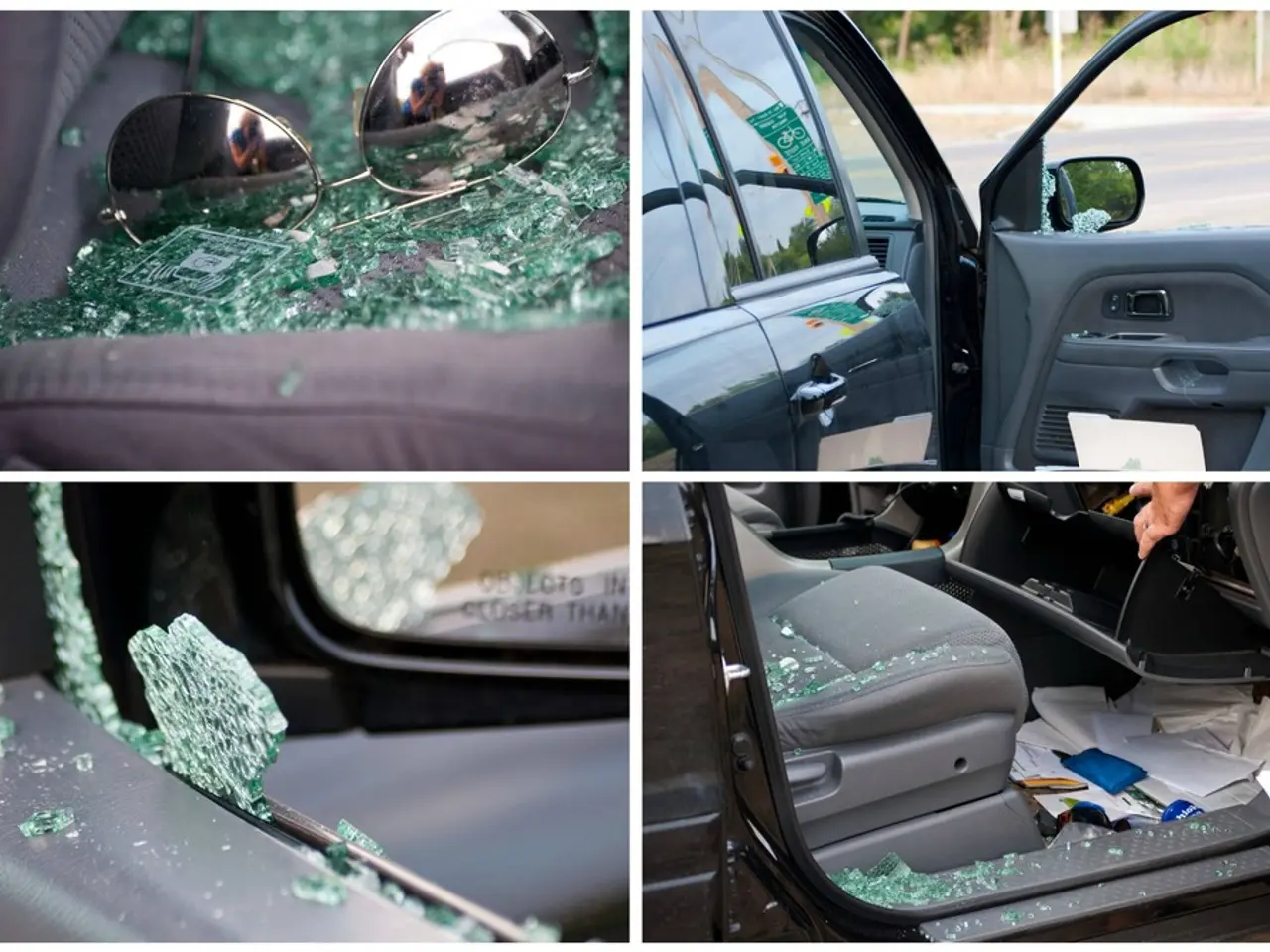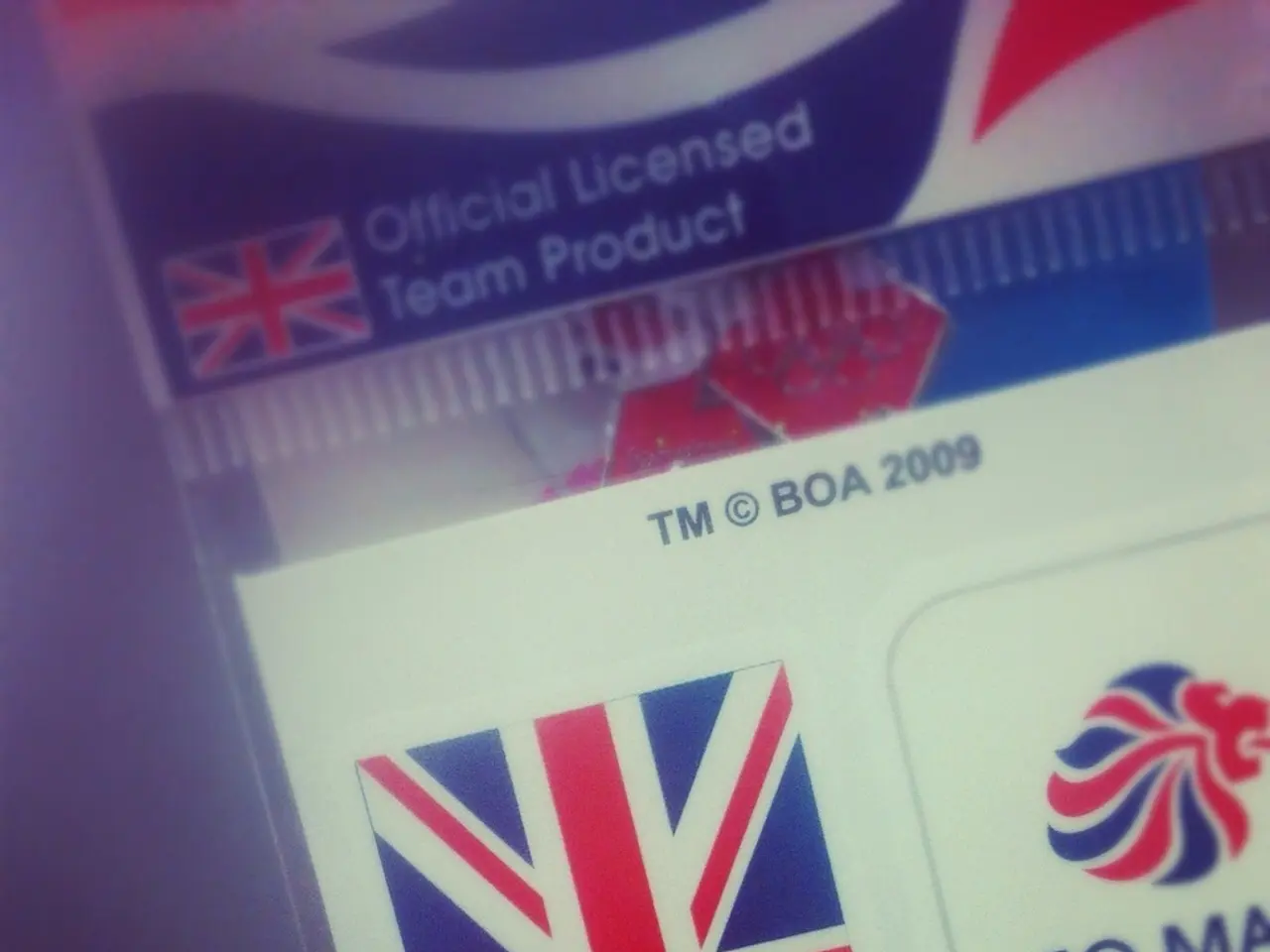Duration and Scope of Warranties: Uncovering the True Expiration of Their Coverage
========================================================
In the world of car ownership, understanding warranties is crucial for safeguarding your investment and minimizing potential repair costs. This article will delve into the intricacies of vehicle warranties, explaining their importance, types, and how they can impact your maintenance and repair costs.
First, let's discuss standard vehicle warranties, also known as manufacturer warranties. These initial protection plans are offered with a new vehicle, typically lasting between three to five years or covering a mileage range of 36,000 to 60,000 miles. For instance, a warranty covering 36,000 miles will no longer apply once the odometer reads beyond that mark, regardless of how many years have elapsed.
Standard warranties, such as bumper-to-bumper warranties, usually last between 3 years/36,000 miles and 5 years/60,000 miles. They cover most vehicle components except typical wear items and exclusions. Powertrain warranties, on the other hand, extend longer, up to 10 years/100,000 miles, covering key components like the engine, transmission, and drivetrain.
However, it's essential to note that misuse or lack of maintenance can invalidate some warranty claims, even if the vehicle is within the specified time frame. Therefore, regular oil changes, brake inspections, and other maintenance tasks must be performed at designated intervals, documented, and performed at authorized service centers to keep the warranty valid.
When it comes to extended warranties, coverage can vary widely based on provider, vehicle age, and mileage. Many extended warranties cover vehicles up to 150,000 to 200,000 miles, with some providers covering up to 300,000 miles for older or high-mileage cars. Time frames for extended warranties often range from 1 to 7 years beyond the original factory warranty, sometimes tied to mileage limits like up to 100,000 total miles.
Costs for extended warranties average around $1,000 per year for comprehensive bumper-to-bumper coverage but vary significantly with vehicle age, mileage, make and model, and plan features. However, extended warranties provide additional financial protection after the factory coverage expires, helping to mitigate potentially costly repairs, especially for high-mileage or aging vehicles where part failures are more common.
It's important to remember that extended warranties often exclude pre-existing conditions, require inspections for coverage validation, and may not cover routine maintenance or wear items. Some extended warranties also offer added benefits like roadside assistance or rental reimbursement, which can reduce indirect costs to owners during repairs.
Engaging with online communities or forums can provide more insights into others' experiences, informing maintenance decisions. Understanding warranty exclusions, such as damage due to accidents, modifications, or misuse, helps car owners make informed decisions about service intervals and preventive maintenance.
In summary, standard warranties provide foundational protection up to typically 3–5 years or 36,000–60,000 miles, while extended warranties extend coverage up to 7 additional years and 150,000–300,000 miles depending on provider. Both types help reduce unexpected repair costs, but extended warranties become more valuable as vehicles age and accumulate mileage that increases maintenance and failure risks.
Choosing a warranty plan tailored to the vehicle's expected usage and reliability can optimize cost savings over time. For Chrysler owners, investing in a Mopar lifetime warranty for extended coverage is an option. Regardless of the choice, keeping receipts and maintenance logs is essential for substantiating any claims related to defects or repairs.
While discussing the importance of regular maintenance for vehicle warranties, it's worth noting that this principle also applies to another area of life – sports. Regular exercise and proper care of sports equipment can ensure optimal performance and prolong their lifespan.
Just as regular oil changes and checks are crucial for maintaining a car's warranty, regularly stretching and warming up before exercises, as well as adequately maintaining sports gear, such as cleats, rackets, or balls, can significantly reduce the risk of injury and extend the equipment's lifespan, providing the best possible experience for athletes.







